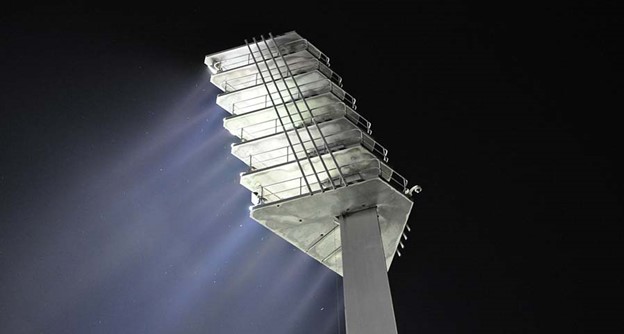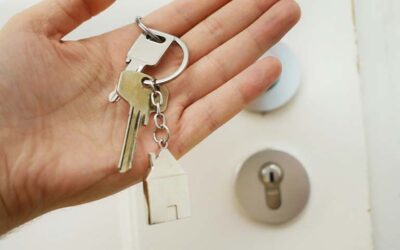What is a LED Beam Angle?
A LED beam angle or beam spread, measures how light is distributed from the fixture. Using the right beam angle provides the amount of illumination you want in the space. It also enhances the atmosphere you want to provide for employees and visitors.
How Do You Know Which Light Beam Angle to Use?
Before you start thinking about beam angles, you want to consider a few factors. It will help ensure your lighting is right for the space.
How Many Light Fixtures Do You Need?
Each light fixture puts out a set number of lumens determining the area’s brightness. An industry standard for general lighting is using 70-foot candles for each square foot.
Foot candles refer to the unit of illumination equaling one lumen per square foot.
Before you start adding or subtracting light fixtures, you want to have the building’s layout handy. It will make it easier to see which areas you want brighter than others.
There’s a handy formula you can use as you’re determining how many light fixtures you need in a specific space.
- Multiple the building’s square footage by the industry standard number of lumens.
For example, (50,000 sq. ft. x 70 lumens = 3,500,000 lumens total)
- Multiply the total number of lumens by the constant of 1.40. You get the constant by adding the light loss factor and coefficient of utilization together. These numbers are .75 and .65 respectively.
For example, (1.40 x 3,500,000 (Lumens total) = 4,900,000 lumens (Second Lumen total))
- Add the lumen total to the additional lumens to find out the total number of lumens necessary to produce the amount of light.
With the simple above formulas, you now know the number of fixtures you need in a specific place. But did you know there are more lighting measurements you need to know? Not to worry we have got you covered. We have a 2-part mini blog series that covers all of the lighting measurements you need to know along with the handy formulas you need. You can read part 1 here and then move on the part 2 here.
Does the Fixture or Ceiling Height Affect Lighting?
The height of the ceiling or fixture does affect lighting. Buildings with higher ceilings will want to use a narrow beam angle in their overhead and recessed lighting. Using both types of light fixtures allows beam angles to overlap ensuring the space has plenty of lighting.
Can a LED Beam Angle Create Ambience?
LED lights offer different color temperature options allowing you to create a specific ambiance in the area. You can use the light beam angle to improve employee focus and concentration or create a welcoming environment for visitors. Finding out what color temperature is right for the space will allow you to create the ideal ambiance.
How to Choose the Right Type of Bulb
Your lighting partner will help you choose the right bulb/lamp types for various spaces. You want to use a narrower beam angle in high-ceiling areas, and a wider beam in buildings with low ceilings.
If you are considering an LED retrofit or LED replacement project, contact an Action Services group lighting expert to help walk you through the process. We provide a national turn-key LED replacement service that can save you both time and money. To schedule a call that fits you need click the button below.
LED Beam Angle Chart
How you are using the bulb often determines the type. Most lighting manufacturers place their bulbs into narrow, medium, and wide beam categories. Floodlights have a wide beam that’s ideal for parking lots, while the narrow beam angle on spotlights will highlight specific products or building details.

- Very Narrow Spot <7°
- Narrow Spot 5°-15°
- Spot 16°-22°
- Narrow Flood 23°-32°
- Flood 32°-45°
- Wide Flood 45°-60°
- Very Wide Flood >60°
Understanding Lumens
The light beam angle is one consideration, but don’t forget about the lumens. It determines how bright the light is. You can have a wide beam angle and still have a dark space if the bulb has a low lumens rating. Always check the lumens rating before replacing any existing lighting.
Selecting The Right Lighting
You have all of the information you need to choose the right LED beam angle for your building. LED bulbs also come with energy and cost-saving advantages. Before you start your lighting project, it’s always a good idea to talk to your lighting supplier or a lighting specialist. They will ensure the bulbs you choose have the right beam angle and lumens for your space.
Our knowledgeable lighting specialists can answer any of your questions and help you choose the right lighting products for your space. Speak to one today by calling 610-558-9773, or email [email protected].







































0 Comments